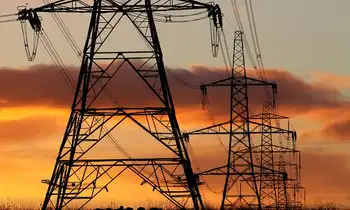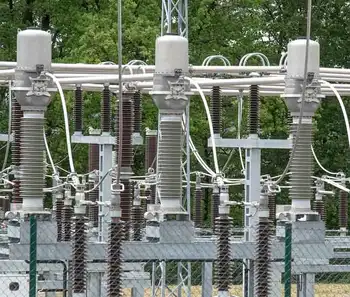Westar Energy CEO announces retirement
Haines will be replaced by William Moore, Westar's president and chief operating officer, who has worked at the company during all but two of the past 29 years. "We are confident that the company will continue to succeed under Bill's leadership," Charles Q. Chandler IV, Westar's chairman, said in a statement.
"The board also thanks Jim Haines for his great leadership and unwavering commitment to Westar's succes ." Haines originally left retirement in 2002 to become CEO. At the time, Westar's stock was at $8.50 a share, the company had debt of $3.6 billion and the operation was wrapping up a year in which it would lose $793.4 million, or $11.06 cents a share.
Under Haines' leadership, Westar soon sold Protection One Inc. - a monitored-security company that later moved to Lawrence - as well as Westar's stake in ONEOK, an Oklahoma natural gas company. The moves were designed to cut debt and focus on Westar's core purpose: generating electricity. Last year, Westar reported $164.3 million in profit, good for $1.88 per share, on revenues of $1.61 billion, up $53.1 million from a year earlier.
"We are no longer focused on solving past problems," Haines said Wednesday in a letter to employees. "Now, from a solid base, we are focused on turning tomorrow's challenges into opportunities." Westar, which recently broke ground on a $318 million peaking plant at the Emporia Energy Center, is the state's largest electric utility, providing service to about 669,000 customers.
A total of 160 of its 2,200 employees work in Lawrence.
Related News

How Energy Use Has Evolved Throughout U.S. History
WASHINGTON - The evolution of energy use in the United States is a dynamic narrative that reflects technological advancements, economic shifts, environmental awareness, and societal changes over time. From the nation's early reliance on wood and coal to the modern era dominated by oil, natural gas, and renewable sources, the story of energy consumption in the U.S. is a testament to innovation and adaptation.
Early Energy Sources: Wood and Coal
In the early days of U.S. history, energy needs were primarily met through renewable resources such as wood for heating and cooking. As industrialization took hold in the 19th century,…





